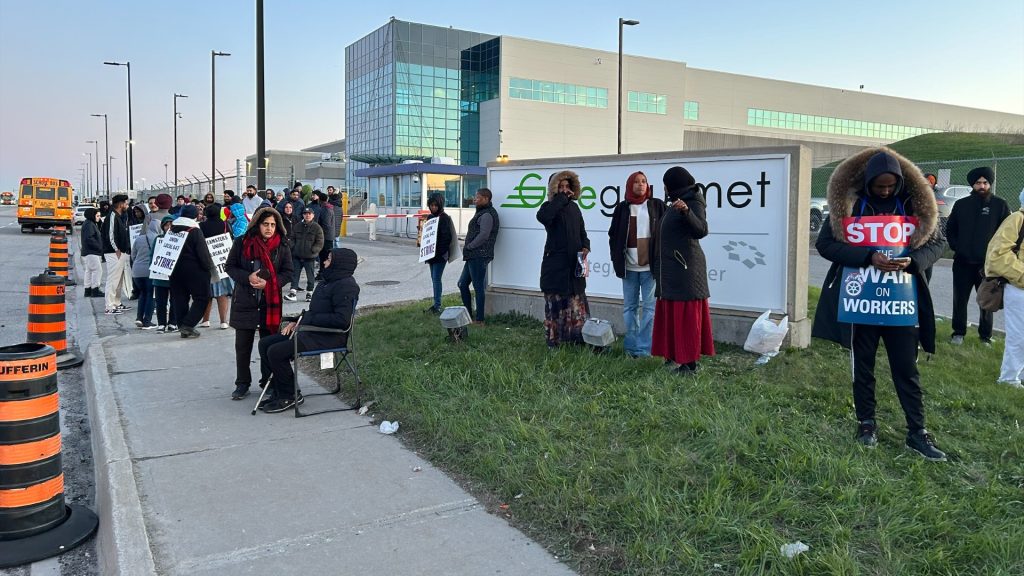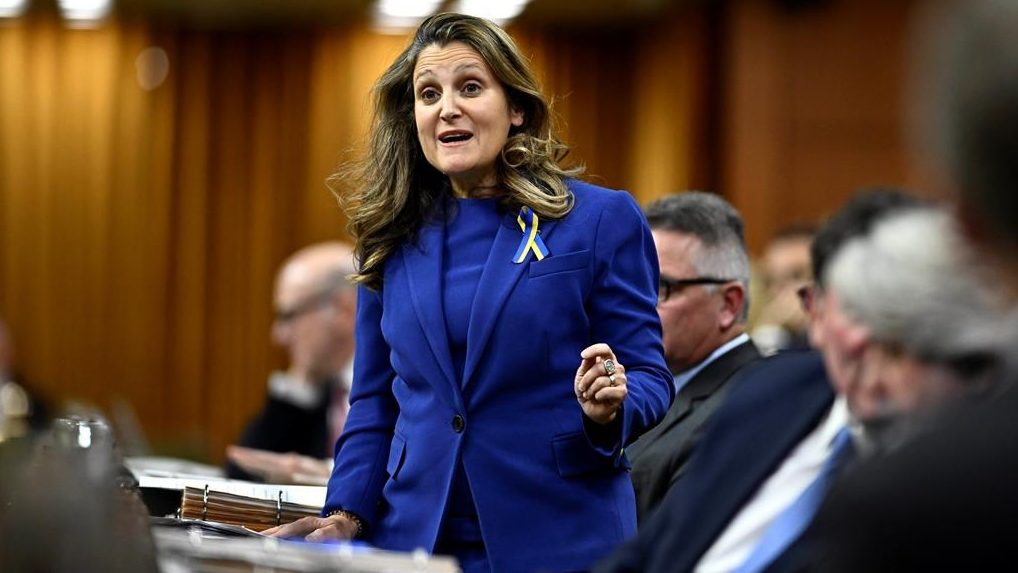Six things to know about the bovine TB outbreak: CFIA’s chief veterinary officer
Posted December 4, 2016 10:00 am.
Last Updated December 4, 2016 11:20 am.
This article is more than 5 years old.
OTTAWA – More than 22,000 cattle at farms in Alberta and Saskatchewan are quarantined due to bovine tuberculosis, causing hardship for ranchers and millions in compensation payments and other costs.
The Canadian Food Inspection Agency is testing cattle to determine the extent of the outbreak and the source of the contagious bacterial infection. So far six cattle have tested positive for bovine TB, all from one infected herd.
Dr. Harpreet Kochhar, the agency’s chief veterinary officer, sheds some light on the investigation and the threat of bovine TB:
What is the threat of bovine TB spreading to people?
Generally it does not pose a threat to the public. The bacteria can travel through the air and could pose a threat if a person inhaled it for months. There is no indication there is any risk to the public at this point.
—
What are the trade implications of the outbreak to the beef industry, especially with the U.S.?
There are no trade implications. Canada has been officially free of the disease since the 1920s, but has had a few cases from time to time. The U.S. is currently dealing with some bovine TB cases. Maintaining the TB-free status allows Canada to reassure trading partners and ensures Canadian beef producers can continue to export their products to multiple countries.
—
The CFIA says about 10,000 cattle are to be destroyed. What will happen to the meat?
These cattle will be tested before they are slaughtered. Any animal that shows any reaction to the test will be disposed of and will not enter the food chain. CFIA inspectors will double check the carcasses of any animals that test negative. Any animal that shows any sign of disease, like a lesion, is condemned and not sold for human consumption. If the meat passes inspection, it is fit to eat.
—
What is the source of the bovine TB? Is it possible it came from wild elk in the region?
Bovine TB has been found in wild animals in the past, but the bacteria in this outbreak is linked to a strain found in Mexico that hasn’t been detected in Canada before. The TB could be from a person who had the disease or from an animal that was imported into Canada. There is no indication the TB came from a wild animal. Once the CFIA investigation is complete, the agency may or may not know the exact cause, but will have an indication of the origins of the infection.
—
When does the CFIA estimate that testing of the cattle will be complete and when the quarantines be lifted?
Tests on 18 herds are almost complete and could be finished by Christmas. The results could put more farms under quarantine. It’s premature to estimate the timelines.
—
How much does the CFIA expect to pay producers in compensation for the estimated 10,000 cattle that will be destroyed?
The maximum rate for a registered animal is $10,000, for a commercial animal up to $4,500. CFIA staff work with owners to determine fair market value. It is too early to estimate how much the compensation will cost.
— By John Cotter in Edmonton










